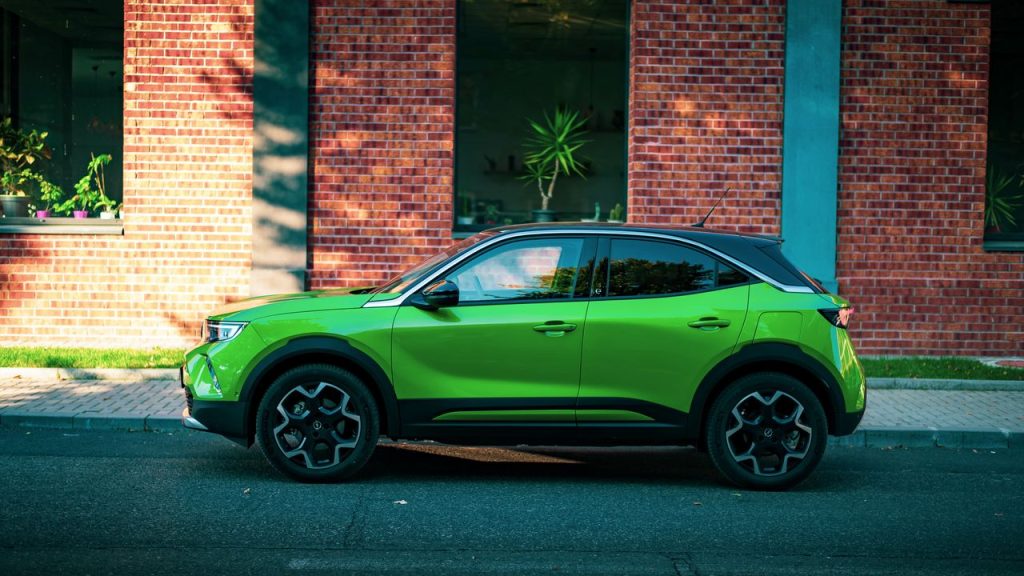Battery Technology and Advancements in Electric Vehicles
Electric vehicles (EVs) have gained significant popularity in recent years as a cleaner and more sustainable mode of transportation. One of the key factors driving this shift is the continuous advancements in battery technology. In this article, we will explore the importance of charging speed, fast-charging capabilities, and battery materials in the world of EVs.
Charging Speed: The Need for Efficiency
One of the main concerns for EV owners is the time it takes to charge their vehicles. Traditional charging methods can be time-consuming, requiring several hours to fully charge an EV. However, with the advancement of technology, charging speeds have significantly improved.
Fast-charging capabilities have become a game-changer in the EV industry. These chargers are designed to deliver a higher amount of power to the vehicle, allowing for quicker charging times. With fast-charging, EV owners can recharge their vehicles in a matter of minutes rather than hours.
Fast-charging stations are becoming increasingly common, especially in urban areas and along major highways. This infrastructure development is crucial for the widespread adoption of EVs, as it addresses the issue of charging speed and range anxiety.
Fast-Charging Capabilities: The Future of EVs
Fast-charging capabilities not only reduce the time it takes to charge an EV but also enhance the overall convenience and usability of electric vehicles. With fast-charging, EV owners can make longer trips without worrying about running out of battery power.
Moreover, fast-charging technology is continuously evolving, with companies striving to develop even faster and more efficient charging solutions. This ongoing research and development will further improve the charging experience for EV owners, making electric vehicles an even more attractive option for consumers.
It is worth noting that fast-charging capabilities are dependent on the battery technology used in EVs. Different battery chemistries and materials have varying charge acceptance rates, which can impact the charging speed. Therefore, advancements in battery materials play a crucial role in the development of fast-charging capabilities.
Battery Materials: The Building Blocks
Battery materials are at the core of any EV’s performance. The choice of materials determines the energy density, charge acceptance, and overall lifespan of the battery. As the demand for EVs increases, researchers and manufacturers are constantly exploring new battery materials to improve efficiency and sustainability.
Lithium-ion batteries are currently the most common type used in EVs. These batteries offer a good balance between energy density and weight, making them suitable for electric vehicles. However, there is ongoing research to develop alternative materials that can offer even higher energy densities and faster charging capabilities.
One promising material is solid-state batteries. Unlike traditional lithium-ion batteries, solid-state batteries use a solid electrolyte instead of a liquid one. This design offers several advantages, including higher energy densities, improved safety, and faster charging speeds. Although solid-state batteries are still in the early stages of development, they hold great potential for the future of EVs.
Other battery materials being explored include lithium-sulfur, lithium-air, and various metal-air combinations. Each material has its own unique properties and challenges, but they all share the common goal of improving the performance and efficiency of EV batteries.
Conclusion
The continuous advancements in battery technology have revolutionized the world of electric vehicles. The ability to charge EVs quickly and efficiently is crucial for their widespread adoption. Fast-charging capabilities, supported by advancements in battery materials, are paving the way for a future where EVs are the norm rather than the exception. As the technology continues to evolve, we can expect even faster charging speeds and more sustainable battery options, further solidifying the place of electric vehicles in our transportation landscape.


